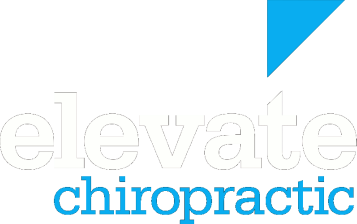The best time for a break?...... Mid morning
Working all morning and finally having lunch or a break in the afternoon, may not be the best idea. Having a break earlier in the day can replenish more resources – energy, concentration and motivation.
"We found that when more hours had elapsed since the beginning of the work shift, fewer resources and more symptoms of poor health were reported after a break," the study says. "Therefore, breaks later in the day seem to be less effective."
A “better break” includes something the employees prefer
"Finding something on your break that you prefer to do - something that's not given to you or assigned to you - are the kinds of activities that are going to make your breaks much more restful, provide better recovery and help you come back to work stronger," Hunter said.
Break activities don’t have to be non-work related. As long as you do something you like to do, you will get more benefit.
“Better breaks” lead to better job satisfaction and better health
The study found that recovery of resources (energy, concentration and motivation) following a “better break” (earlier in the day, doing things they preferred) led to less somatic symptoms. These symptoms included, headaches, eyestrain, and lower back pain after the break. As a result of feeling better they also had increased job satisfaction and decreased emotional exhaustion (burnout).
Longer breaks are good, but it’s beneficial to take frequent short breaks.
The study couldn’t pinpoint the exact length of time for the best break, but it did find that more short breaks were associated with higher resources. Therefore, employees should be encouraged to take more frequent short breaks to help with recovery.
This is also important for general spinal health. I have written numerous posts that suggest having regular short breaks are necessary for good spinal function. As the new catch phrase goes - “smoking is the new sitting”. I said in my last post, for every 20 minutes of sitting your spine requires about 30 minutes of standing or 5 minutes of walking to recover.
What to make of this study
If you own a business and have employees, or you work from home or are studying for the upcoming exams, this information will be very important. Ensuring you maximize your breaks will give better output for your work or study. From a general spinal function point of view, having a regular stretch break every 20-30 minutes will go a long way to make you feel better and be more efficient in your work. In the study above, they used an analogy of a cellphone. It is often thought that with a cellphone it is best to let the battery run down to zero before charging it back to full. This is not the case with our bodies. We need regular top ups to ensure good, optimal function. Try it and see how you feel. Your body will thank you for it.
References:
- http://www.medicalnewstoday.com/releases/299340.php
- Restaino RM, Holwerda SW, Credeur DP, Fadel PJ, Padilla J. Impact of prolonged sitting on lower and upper limb micro- and macrovascular dilator function. Experimental Physiology 2015;100(7):829-38.
- http://www.sca-chiropractic.org/index.php?option=com_content&view=article&id=77&Itemid=79



 RSS Feed
RSS Feed


